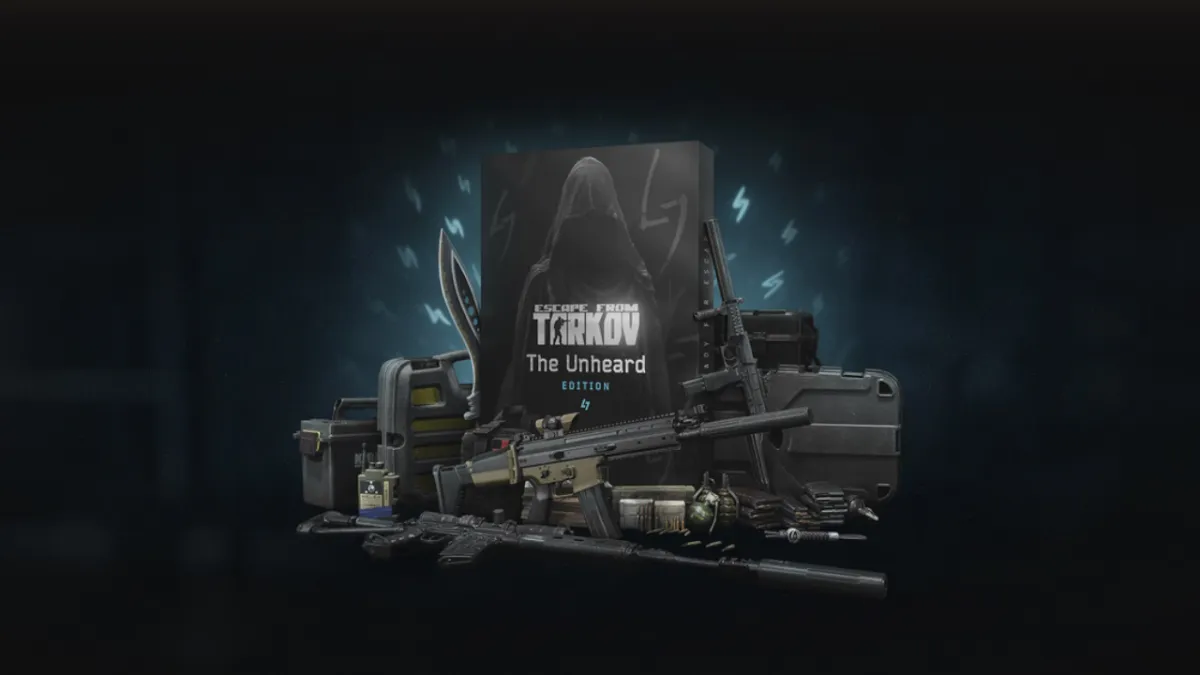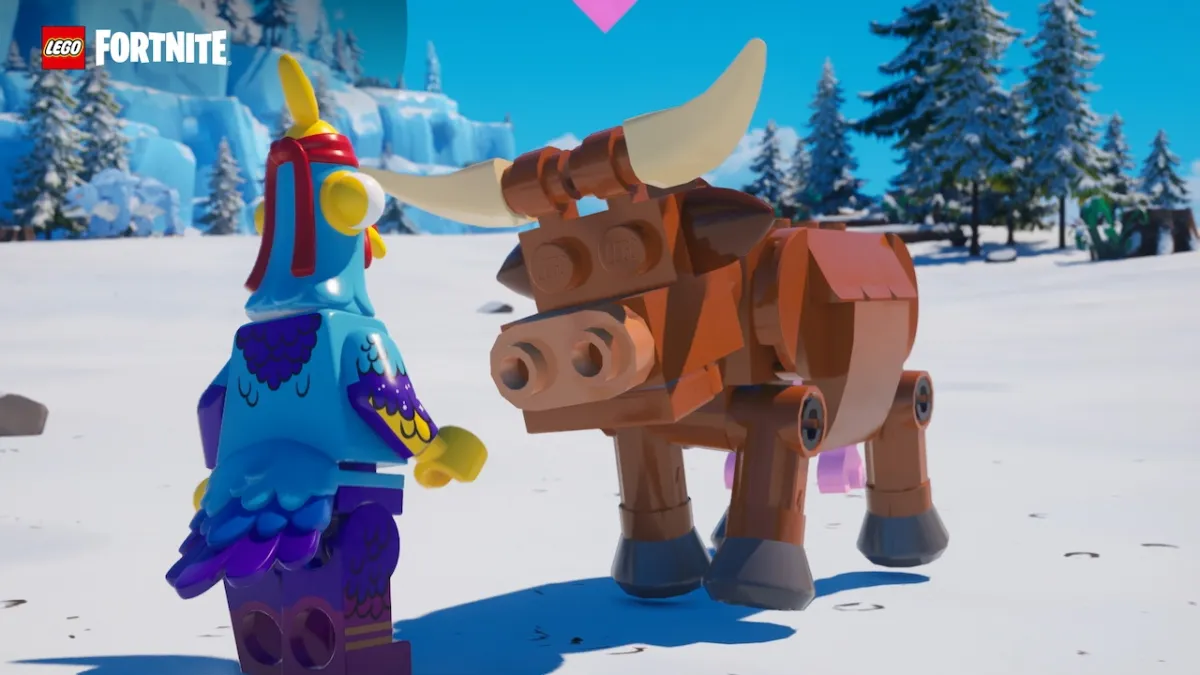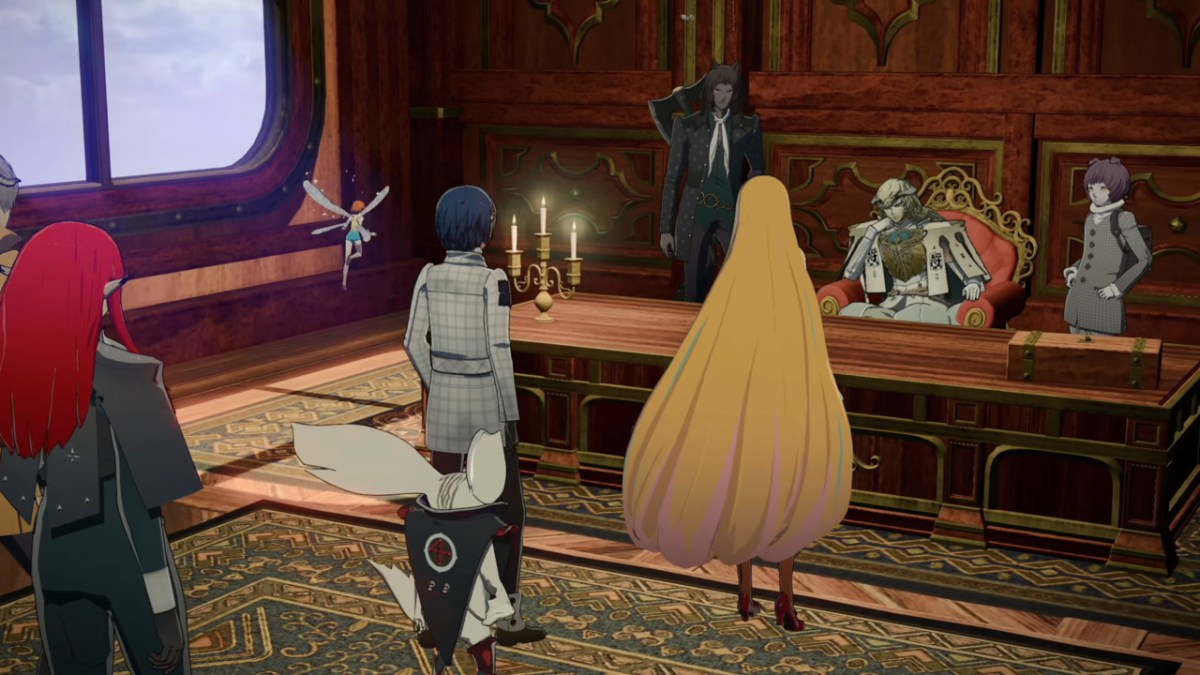Afro Samurai marks a bit of a new tactic in naming things. Generally, we’re treated to some sort of slightly cryptic set of words that may or may not have anything to do with the product. Well, whatever the words “Afro Samurai” conjure up in your head is probably fairly close to the truth. Afro Samurai is a guy with an afro who cuts people up with a sword. Simple.
Afro Samurai was originally a manga, adapted into an anime, which has now been adapted into a game. What was particularly interesting was the level of talent on display with the anime adaptation, with Samuel L. Jackson voicing both Afro and his companion – the amusingly monikered Ninja Ninja – while Ron Perlman and Kelly Hu rounded out the Big Name Actors and RZA from Wu-Tang clan provided the soundtrack. Very big budget, very Western, very bloody, and very, very good.
The game adaptation is faithful, certainly. Everything looks and sounds just right. The presentation is absolutely perfect, and that’s not a word I use lightly. The dialogue is spot on, and with the help of all the original voice actors, the delivery is equally magnificent, although the top character award goes out to Ninja Ninja, and the early levels – before he shows up – are a little bland without him.
The plot revolves around the titular Afro Samurai, who possesses the coveted Number Two headband. The story goes that whoever has the Number One headband will rule the world, and only the Number Two has the right to challenge him. Afro’s father, the previous holder of the Number One headband, was decapitated by a gunslinger named Justice right in front of young Afro’s eyes. Years passed, with Afro learning swordsmanship, acquiring the Number Two headband, and setting out to take Justice down and avenge his father.
It’s a good old-fashioned revenge tale mixed in with a self-perpetuating cycle of bloodshed and hatred, and is far more expertly weaved than the brief synopsis I’ve given above, with plenty of emphasis given to the price you pay for vengeance. It’s a surprisingly sad tale, and the game’s plot has enough differences to the anime (particularly towards the end) that it’s worth a look for those who’ve watched it already.
The game itself is a fairly generic hack-and-slasher with a few neat twists to brighten things up. Afro is controlled roughly as you’d expect, with the face buttons used for two different types of sword slash as well as jumping and kicking, and the right trigger blocks. Blocking at the right time triggers a parry, usually knocking your opponent back and opening them up for a counterattack. The parry timings are excellently judged; they’re rarely so precise that they feel impossible to pull off, but equally, you’ll mess them up often enough that it does feel like a genuine skill. Parrying also opens up Pounce moves, with Afro leaping onto the enemy, and different attack buttons then triggering a different kill. From this position he can throw them with a tap of jump, snap necks with a tap of kick, or alternatively cut off their head or impale them through the forehead with the two different slash buttons.
The game doesn’t pull any punches when it comes to the violence. A decapitation results in a huge arterial spray and a flying head. The violence becomes even more obvious in Focus mode, activated via the left trigger, which filters everything in black and white and slows down time. Focus mode allows you to perform “perfect slices” by holding down an attack button until the end of Afro’s blade sparkles. Releasing, at this stage, will cut your opponent in two wherever the sword hits them. Most enemies will dodge or block, but you can aim the slice when in Focus mode, allowing you to, say, chop off their feet, if that happens to be the only unguarded section of the body.{PAGE TITLE=Afro Samurai Review Continued}
The violence coming out of Focus mode is vaguely shocking – not least in terms of technical competence. The game actually appears to cut the enemy in two wherever you hit them, no matter the direction; it’s not a case of a swordstroke hitting the hand always cutting it off in the same way. I’m pretty sure I’ve managed to cut off fingers, and I’m fairly certain one slash cut through an enemy’s torso diagonally because he happened to be trying to lean out of the way. Hilariously, this is riffed on during the game itself, with Ninja Ninja’s “Body Part Poker” asking you to cut off enemy body parts to form Poker hands in return for bonus experience.
Focus mode can also be chained, letting you perform one move after another if you have enough energy to do it, which is nothing short of murderous fun. When another horde of generic thugs charges in, you’re gleeful, because mauling them is cathartic. I’ve just realised how incredibly morbid that sounds, and it doubtless is, but it’s all over-the-top in much the same way as Kill Bill was, and it’s far from a realistic depiction of violence. Hell, outside of Focus mode, enemies take a few dozen hits before they die.
In fact, the game falls down a bit outside of Focus mode, at least when you’re in combat against horde of enemies. It’s fairly acceptable as far as this genre goes, with a great deal of combos, with more unlocking as you play, but when you’re out of Focus your main impetus is to perform a few moves to get some back and then use it immediately, simply because it lets you take down your opponents quickly and effectively. Without it, the battles tend to just drag on.
The boss battles, on the other hand, are both the peaks and troughs of the experience. Some, particularly as you enter the last third of the game, are thought-provoking exercises in pain. One boss is a carbon-copy of Afro, and – as Ninja Ninja points out – the emphasis is on quickly working out what moves of yours it can’t copy, and how you can exploit this. This then leads on to one of the most dizzying, stylishly-presented battles I’ve ever seen in a game.
Others, on the other hand, rely on cheap mechanics and precision. Just about anything involving one recurring boss is frustrating beyond belief, as you generally have to stay at a certain distance in order to both avoid his attacks, and yet stay within range so that you can dash in and hit him when there’s an opening. This isn’t made any easier by the atrocious camera, which – while normally acceptable – really likes either showing just the huge boss, and not Afro, or the other way around.
The other area in which the game falls down is the platforming. In much the same way as Ninja Gaiden, or Prince of Persia, Afro is capable of running up and along walls and swinging on narrow poles and the like. Sadly, these sections tend to require nigh-perfect precision. One particular platforming section towards the end of the game nearly had my controller going through the TV, not least because of the ambiguity of the path I was meant to follow, and some ludicrous checkpointing, with higher sections frequently restoring me to an earlier checkpoint than my previous one when I fell. Oh, and you have to do this platforming section three times, and death – once you arrive at the top – tends to kick you back to the bottom again. Gnng.
Stylistically, Afro Samurai is almost completely faultless. In terms of gameplay, it’s got some truly great moments – and I can’t emphasise enough how much fun those are – mixed in with some of the worst platforming I’ve seen in a long time, a few repetitive and boring levels, and occasionally dull “normal” combat. When this game works, it’s an absolute joy to play: I haven’t smiled this much in a long time. When it doesn’t, it’s controller-smashingly annoying. I’d recommend it, but not to everyone, and not without reservation.



